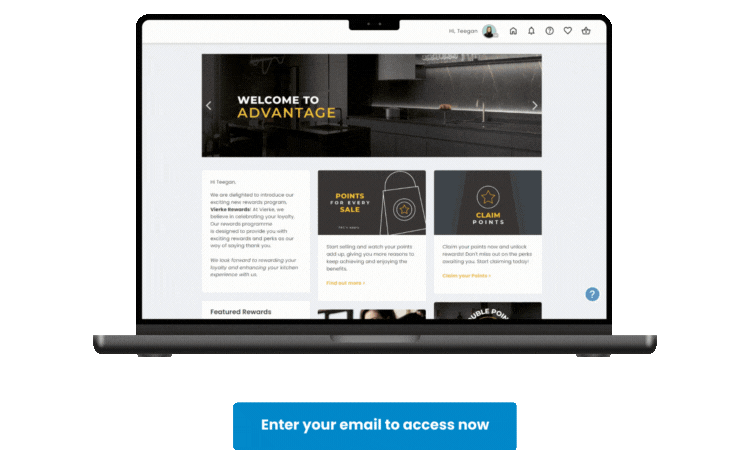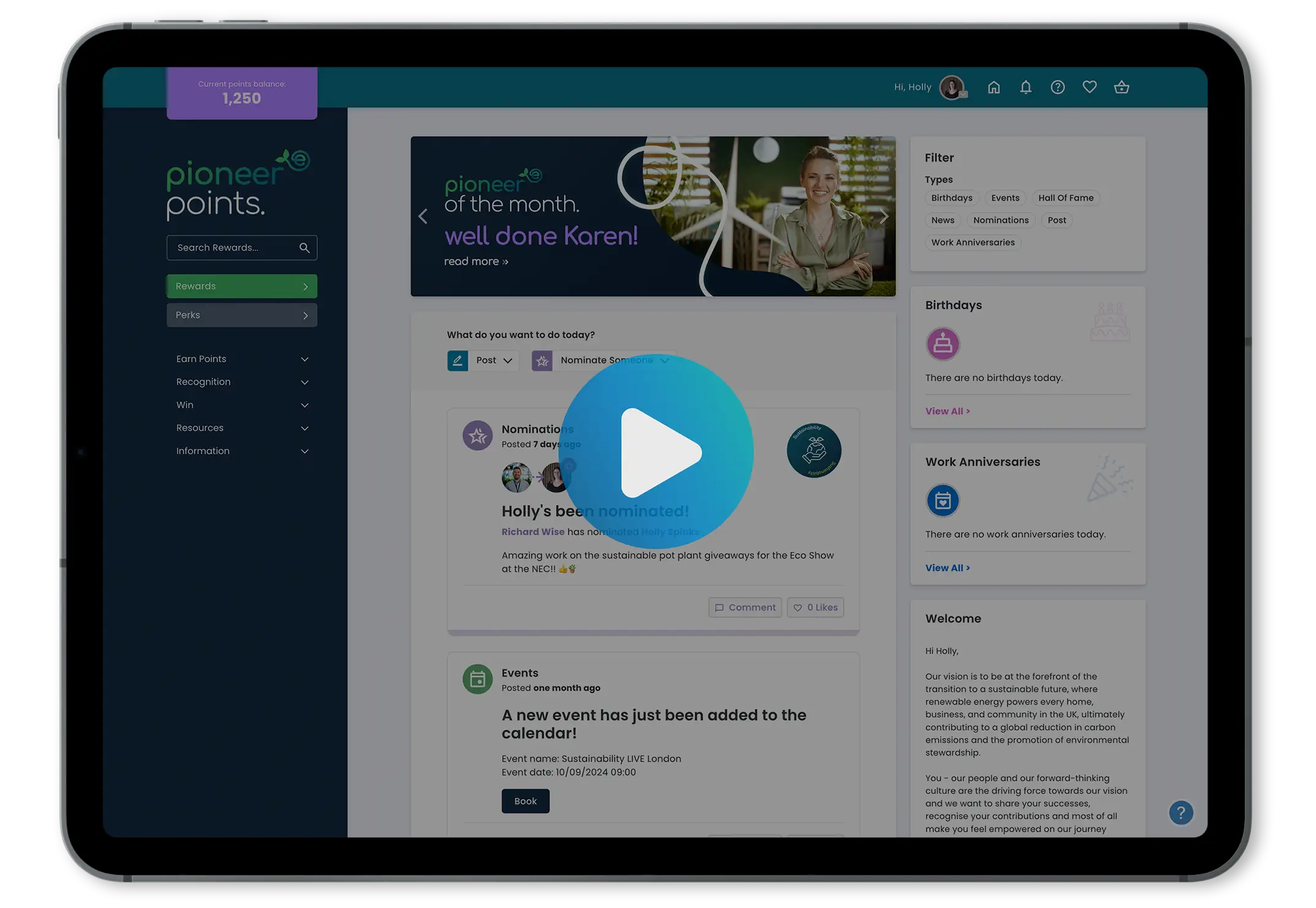


39% of employees rate respect and fairness as the most critical attribute of a strong company culture. Companies that practice fairness in the workplace experience higher levels of employee retention, engagement, and performance. When impartial and honest feedback is amongst the core functions in an organisation’s culture, employees are far more likely to be engaged and motivated to help the business achieve its goals.
Workplaces in which fairness is built into all organisational practices, witness more positive attitudes and emotions from employees. In these types of companies, you will find a greater sense of commitment and more behavioural alignment with the company’s values.
On the other hand, perceptions of unfairness are linked to negative attitudes and antisocial behaviours, pessimism towards daily responsibilities and even colleagues and managers. An environment of distrust and hostility can quickly arise in such places, reducing employees’ cooperation and diminishing their sense of loyalty towards the company. Employees will also tend to lack the motivation to show up to work, prompting a rise in absenteeism, lack of effort, and voluntary turnover.
The adverse outcomes of discriminatory or arbitrary treatment of employees may cause irreparable damage to the brand, both internally and externally, and inconsistencies in service delivery to the customer.
Ensuring fairness is implemented throughout your culture and process is crucial – especially since it’s an essential part of your reward and recognition strategy. To help you achieve fairness in reward management, we’ve listed the five important steps you should be following.
 Help your employees understand the benchmark
Help your employees understand the benchmark
Employees need a comparison point against which they can measure themselves to help them understand why they receive the rewards that they do. This benchmark point may be directly related to employee skills, performance, and capabilities. When assessing the rewards received from a reward programme, the employee’s perception of fairness will be affected by the following factors:
- The effort the employee invests.
- The significance and complexity of their current role.
- The education, experience, and training the employee possesses.
- The degree and impact of the employee’s performance.
- How the employee compares to supervisor and subordinates.
- Peers doing a similar job in the same company or from other companies.
 Define behaviours and the perceived reward value
Define behaviours and the perceived reward value
So that both the employer and employees reap the benefits from a fair reward programme, establish the kind of behaviours that promote transparency and are essential to your business. Look at the core values of your organisation to help you decide on which actions reflect these.
You can then outline what will be rewarded to channel the attitudes you desire as an employer. Once the behaviours have been established, think of what your employees would benefit from and focus on improving their lives by providing rewards they will actually appreciate. Rewards should resonate with your people and improve their lives by adding value. Ideally, these rewards should also echo your organisation’s core values. For example, if you’re a family-centric company that wants a healthy work-life balance for its employees, make sure that your reward platform offers family trips and experiences that help to build lasting memories for workers and their loved ones.
Every employee wants to be appreciated and recognised. This gives them the motivation to work harder and deliver the best results. Whether it’s a financial gain or something that contributes to their physical and mental wellbeing, they’ll certainly feel much happier when acknowledged.
Take a look at how you can achieve the behaviours you desire through utilising reward and recognition by downloading our guide.
 Put a process in place and communicate it clearly
Put a process in place and communicate it clearly
Once you have decided on a specific reward and recognition strategy to be followed, make sure everyone in the team is on board and implementing the programme in the same way. This can be achieved by providing training for the team leaders on the process and ensuring clear communication to employees on how the strategy works. By making sure that everyone on the team is using the strategy in the correct and standardised way, you can eliminate unfairness.
 Ensure consistency
Ensure consistency
To uphold consistency, you should always monitor and review how your team is utilising the reward and recognition programme. You’ll be able to identify any subjective patterns and course-correct quickly.
In your plan, let your employees know they have the freedom to raise concerns if fairness is not achieved. The manager should, in return, take action and give solutions to the matter in question. If feedback from employees is a particular challenge for your company, you may consider this to be a rewarded behaviour from the programme.
 Use a reward and recognition platform
Use a reward and recognition platform
Transparency is key to achieving fairness. A reward and recognition platform allows you to execute your strategy and processes in a centralised place that is accessible to everyone in your organisation. It helps you to recognise all employees in an equal and consistent way.
With the Incentivesmart reward and recognition platform, you can award points to each team member who meets the necessary criteria. The individual can then choose their preferred reward from the platform catalogue – something that will be of value, use, and meaning to them. This produces fairness by always offering a reward that is of particular interest to each individual, preventing the pitfalls of blanket company-wide rewards that not all recipients can derive utility from.
Using a platform allows easy engagement for peer-to-peer recognition (and even reward) and enables everyone on your team to participate in the distribution of rewards. This level of employee engagement spreads fairness throughout the organisation and means that rewards aren’t solely administered and driven by management.
One of the most significant advantages of a reward and recognition platform is that it helps to provide timely feedback to your hardworking employees, regardless of whether they work remotely or on-site. What’s more, an online platform enables you to track and measure the success of your engagement campaigns and ensure that your programme has the desired effects.
Why choose the Incentivesmart platform
Incentivesmart is the leading online points-based engagement platform that will let you reward, track, and motivate your employees through social recognition, goal chasing, and continuous feedback. With a reward catalogue that features something for everyone, you can say goodbye to sending out the same generic gift card to every employee of the business.
With the platform, you’ll also be able to communicate your mission, vision, and values while being able to give and receive personalised recognition through badges, e-cards, and nominations. You will also be allowing colleagues to share in each other’s success.
To summarise, fairly rewarding your people begins when you define the key behaviours you wish for your employees to exhibit. To get you off to a strong start, we highly recommend that you download our guide. If you’re ready to see our employee engagement in action, why not book a demo?









